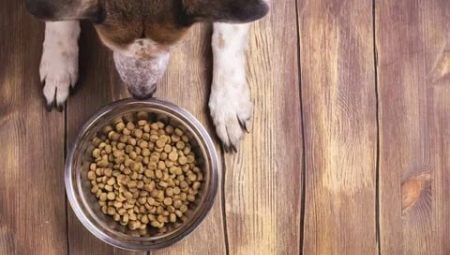What are the features of low protein dog food? Why is it necessary to reduce it in a pet’s diet if protein is the main material of muscles, cells, enzymes? Few people know that a deficiency, like an excess of protein, provokes health problems in a dog.
Features
As you know, the main building material for muscles, tissues and enzymes is protein. The most effective and necessary for a dog is animal protein. A lack of protein in the dog’s diet is fraught with impaired growth and exhaustion of the animal, deterioration of the skin and fur.
However, an excess of protein is dangerous to the health of the animal. First of all, this affects the condition of the joints - arthritis, arthrosis appear. Excessive load also get the liver and kidneys, which entails the appearance of edema.
Recently, the term “protein” has been an analogue of the term “protein,” which is in principle permissible. Protein is a high quality pure protein. Therefore, in this article these 2 concepts will be used as equivalent.

For healthy adults, 4.5 g of pure protein per kilogram of weight is required. For puppies during the growth period, this indicator grows 2 times and amounts to 9 g for each kg of weight. On average, the amount of protein in the daily menu of a healthy dog is up to 35-40% of the daily norm.
Hunting, sledding and service dogs require more protein - it is necessary to increase the norm by another 30%. During pregnancy and lactation, the body of females also requires an increased amount of protein - it should be increased by 10-20%. A similar increase is required for the animal during the recovery period after the disease.
However, in some cases, it is not an increase that is required, but a decrease in protein in the dog's diet, primarily in case of kidney diseases.
Reducing the amount of protein consumed is also worthwhile for older dogs - their bones and joints require a lot of attention. The protein in their menu can lead to even greater problems with the skeletal system and joints.
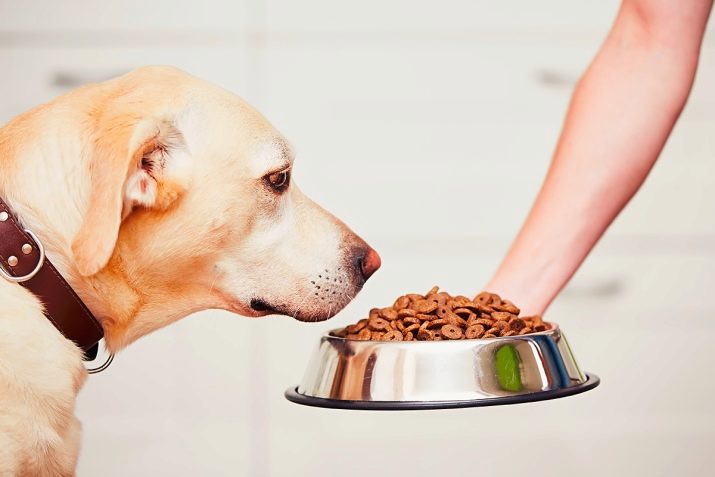
Finally, a low-calorie, low-protein diet is for animals allergic to animal protein. It is necessary not only to reduce its consumption, but also to use hypoallergenic meats - rabbit, lamb, duck.
For the described category of dogs, the so-called low-protein feeds are suitable. The protein content in them is not more than 18-22%. There are options in which the indicator of this ingredient is reduced to 8%.
An important point: low-protein foods should not be used for feeding nursing dogs, puppies. In this period, in contrast, an increase in the amount of protein consumed is required. However, if this is unacceptable for health reasons, you need to choose a therapeutic product, but only after consulting a veterinarian.
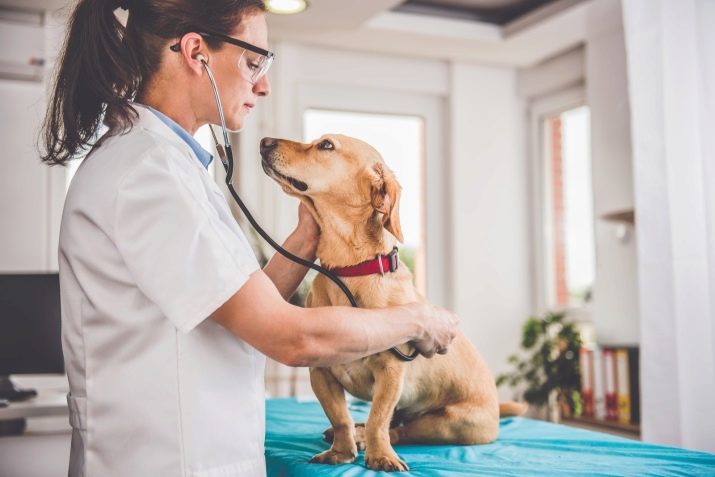
Advantages and disadvantages
The main advantage of low protein food is the ability to maintain the health of the pet. In most cases, the consumption of a standard portion of protein in animals with health restrictions is fraught with seizures and shortened lifespan.
If we talk about therapeutic low-protein options, then their composition is enriched with vitamins, trace elements and other useful components. This is an additional support for the dog.
The disadvantage of products with low protein is obvious - it does not fit every animal group. For example, when feeding puppies, pregnant and lactating females with such products, there may be a protein deficiency in their body, resulting in weakness, growth and developmental delay (puppies). However, if the pet is sick, then you can’t do without low-protein products, but the veterinarian should pick it up and control the pet’s health.

It is important not to confuse low protein varieties of feed and products of economy class. Protein, even with a reduced content, must be complete (animal origin) and high-quality (from meat or fish, vegetable ingredients).
The disadvantage of low-protein medicinal feeds is the higher cost, nor are they always easy to find in the public domain.
Kinds
Depending on the composition and nutritional value, all feed can be divided into several types.
Economy class
The most affordable types of feed. The main ingredient in them is vegetable protein. A small amount of animal protein is obtained from veins, scraps, bone meal, carcasses of dead animals. In economy-class products, the amount of protein is low, but no nutritional value is observed in such feed.
In addition, the content of allergenic wheat, corn, soybeans is high in them, and the percentage of animal fat is high.
Eating such food, the animal will either overeat or constantly feel hungry. This is due to the fact that economy-class products do not have suitable nutritional value.
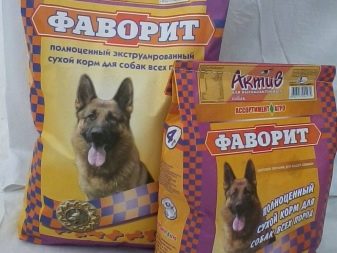
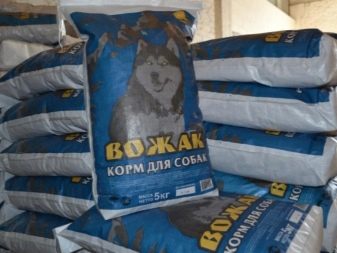
Of the minuses, the presence of flavorings, preservatives and flavor enhancers in the composition can be noted. Veterinarians unanimously argue that these feeds are not suitable for dogs and are not intended for constant feeding.
Premium class
The protein content in this product reaches 30-33%, in general it is a high-quality animal protein with a small (within normal limits) amount of vegetable. The composition is supplemented with oats, wheat, vegetable oils are used as sources of fat, sometimes animal fat. The level of preservatives in these formulations is also within the normal range; in most cases, flavorings are not used. Some compounds are enriched with vitamins and minerals.
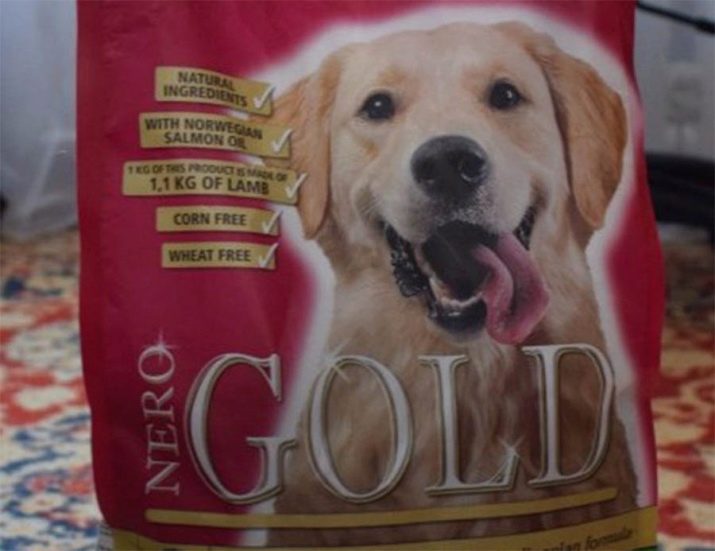
Super Premium
In such formulations, the amount of protein of animal origin is in the range of 40-45%, and there is no vegetable protein.The manufacturer uses high-quality protein; as a source of carbohydrates, rice, oats, and buckwheat recommended by veterinarians are used. The composition contains fats, vegetables, herbs, as well as vitamins and minerals. No colorants or flavors. Naturally, that high-quality products have a fairly high cost, but it provides the pet with energy, demonstrates the balance of proteins, carbohydrates and fats.
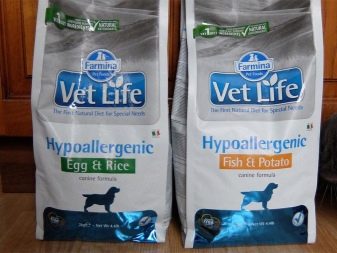
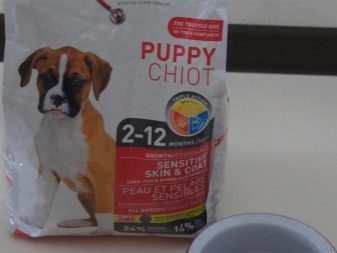
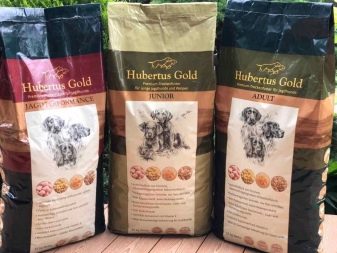
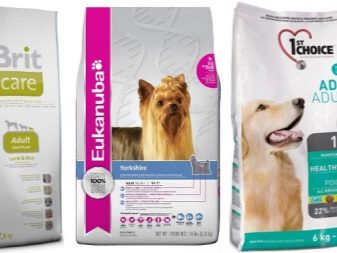
Holistic
Recently appeared, but considered the most useful for the pet, feed types. They differ in the highest quality and natural composition (according to the assurances of manufacturers, the raw materials for these feeds can be safely used for human nutrition).
However, for animals whose diet should reduce the amount of protein consumed, holivics are not common. This is due to the high protein content in them, because up to 90% of their composition is high-quality meat or fish. Although in terms of their balance, benefits and environmental friendliness, holostics occupy a leading position among other feeds.
In almost every food group you can find treatment lines. Depending on the purpose, the protein level in them ranges from 5-75%. You might also consider products for older dogs - the amount of protein in it is reduced, and the feed itself is enriched with vitamins and minerals necessary for animals aged.
All described groups can be produced in dry and wet form. Dry food is dense granules, wet is jelly, pastes, canned food. They can be more chopped (mashed potatoes) or can be meat pieces, filled with broth or meat jelly.
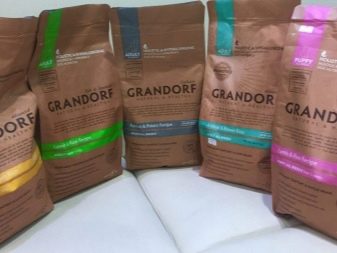
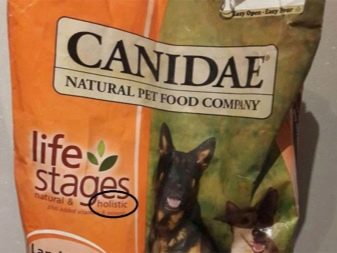
Wet food is recommended for puppies, animals that have undergone surgery, are at the stage of recovery after illness. However, a dog should not be fed wet food for a long time. The fact is that for the health of their nervous system, jaws and cleansing of the teeth, the dog must eat solid food. Periodically, an adult pet can be pampered with wet food, but the basis of its diet is granules.
Growing puppies from 2-3 months should also be transferred to dry granules, but for starters they can be soaked in water.
The size of the granules depends on which breed of product is produced for the dog. For decorative pets, the food is usually smaller, their jaw system requires it.
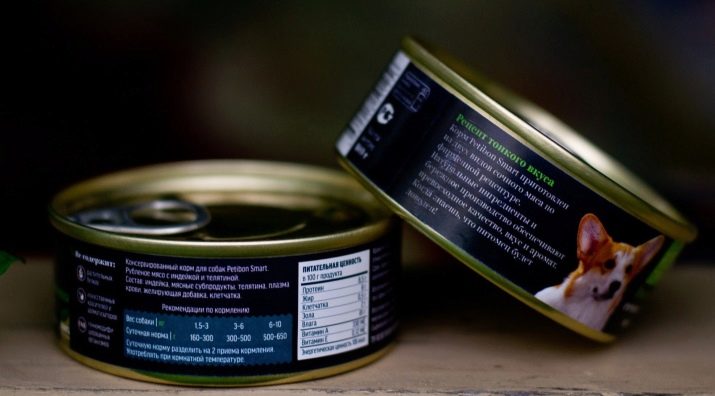
About the features of holistic class feeds see below.
Manufacturers Overview
Consider low-protein feeds that are popular with breeders and are recommended by veterinarians.
Animonda Rafine Soupe Adult
Hypoallergenic food from a well-known brand. This line contains the minimum possible amount of protein - only 8%. Its source is chicken and duck, the feed is considered hypoallergenic.
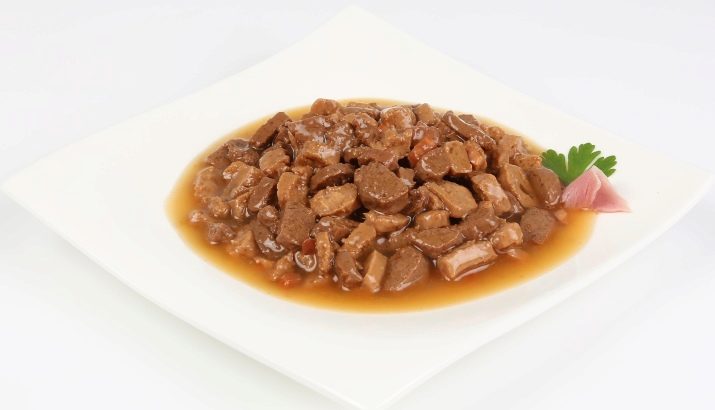
Vom feinsten
A brand specializing exclusively in the production of low-protein feeds. In different types of feed, this indicator varies from 22 to 8%. For dogs with allergies, as well as elderly pets, it is worth choosing food with a rabbit.
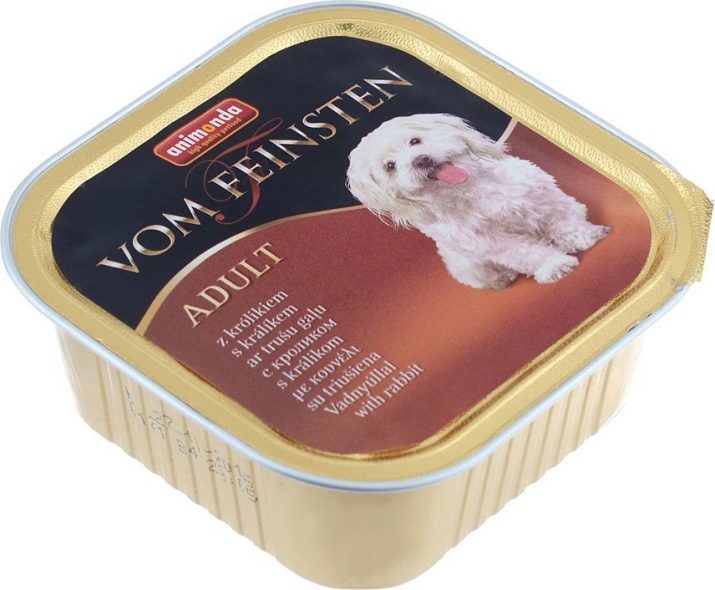
Acana
The feed of this brand has low protein varieties, characterized by nutritional value and balanced composition. There is no soy in the feed, there are grain-free products.

Royal canin
This manufacturer should pay attention to the line "Eukanuba Renal." This food is considered therapeutic and is prescribed for kidney diseases, but is also suitable for those pets whose diet needs to reduce the amount of protein.
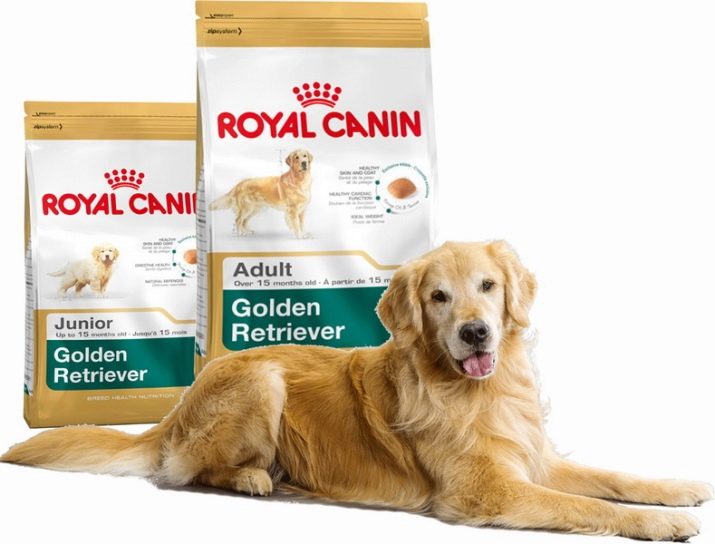
Golden eagle holistic
Low protein holistic with animal protein content (22%). The product line is wide enough, so picking up products is not difficult. Feed is very popular. based on rabbit and duck. The role of carbohydrates is brown rice and dried vegetables, herbs, vitamin and mineral supplements are also present in the feed.
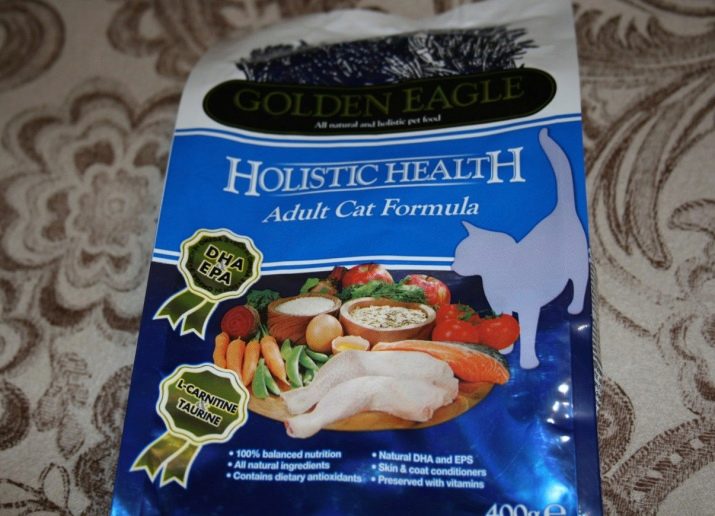
How to choose?
The misconception of some breeders is the idea that an animal needs not plant but animal protein.However, they are sometimes present in feed almost in equal proportions.
However, for dogs with arthritis and similar diseases, as well as for older individuals, the norm of animal protein should not exceed 5%. The remaining protein requirement of the pet’s body is completely “covered” by the vegetable protein.
But for adult active pets, nursing and pregnant females, growing puppies, the norm of animal protein is at least 30%, the remaining part (10-20%) can be vegetable.
It is important to pay attention to the quality of the feed, in its composition the first ingredient should still be animal protein (specifically what type of meat is used). In second place is protein of plant origin.
An exception is medicinal varieties of feed, where vegetable protein is allowed as the main one.
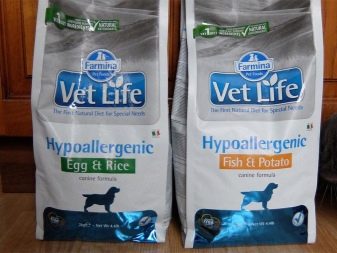
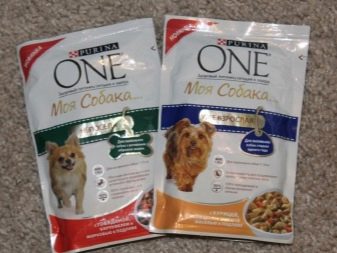
But vegetable protein predominates in economy feeds, but vegetable and animal proteins differ in their amino acid composition. In particular, the first lacks the essential amino acids tryptophan, methionine and others. With prolonged feeding with such feeds, the animal begins to have severe disturbances in protein metabolism, which affects all body systems. It is a long-term “diet” on economy-class feeds that leads to the development of protein allergies.
If "hydrolyzed protein" is present in the feed, this is not dangerous. The hydrolysis process is understood as the breakdown of complex proteins into simpler and more easily digestible ones. As a result, a complex protein, for example, from beef, is digested more easily and does not provoke allergies.

Despite the complexity and cost of the hydrolysis process, products remain reasonably affordable. As a rule, hydrolyzed protein is found in super-premium formulations, some premium feeds.
Despite the fact that low-protein foods give less stress on the kidneys and liver, it is important that the pet always has access to clean drinking water. Dry-fed animals require more water than wet-fed animals. Canned foods contain a lot of moisture, which partially compensates for the body's need for liquid.
